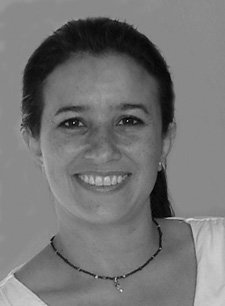

Zen Shiatsu Concepts & Definitions
What School is Zen Shiatsu Based On?
Principles of Zen Shiatsu Bodywork
The Importance of Zen Being
Putting it All Together
Next Steps
Home


Lesson 1: Zen Shiatsu Concepts & Definitions
What is Zen Shiatsu based On?
Zen Shiatsu is a derivative form of the Japanese therapy Shiatsu based on
the principles of Traditional Chinese Medicine.
Zen Shiatsu, known as Masunaga Therapy, is a form of Meridian Shiatsu. The meridian system represents the 'crosstalk" between tsubos or acupoints of the human body.
Masgunga advocated treating the whole meridian system through pressure and stretching to achieve systemic change for the entire body.
Masunaga's Zen Shiatsu uses thumbs and palms as well as fists, elbows and knees.
Zen Shiatsu represents a return to the values of Traditional Chinese medicine. Masunaga advocated a return to Chinese Taoist practices such as Do-In and Ankyo within the context of Japanese Shiatsu.
The Namikoshi school emphasizes westernization at the expense of Chinese medical understanding.
Shiatsu in the Real World
Shiatsu is a bodywork discipline distinction from massage.
Shiatsu is experiential. The closest to a concise description is a massage discipline similar to the 'tough tendon' technique of Thia Massage.
Shiatsu is a dynamic hands-on healing system which uses the power of touch, pressure and gentle stretching techniques to balance the body's energy system.
Shiatsu is a clothed massage and encompasses stretching, joint rotations and acupressure points.
What Happens in a Shiatsu Session?
The primary emphasis of Shiatsu is identifing a pattern of disharmony through the five elements use of the four pillars examinations towards harmonizing the pattern with an appropriate treatment plan.
Hands-on techniques and assessment preferences varies with each practioneer. The radial pulse usually provides the most critical and detailed information. Palpatation of the back and abdomen along with a detailed verbal history serve to confirm the assessment.
Considerations of the client's lifestyle, emotional, and psychological factors are all considered important.
This approach uses the paradigm of the five elements to tone, sedate, or control patterns of disharmony. Practioners of this style also consider hot or cold and internal or external symptoms and signs.
